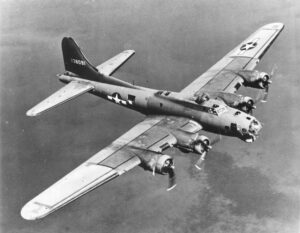The Radar Warning That Went Unheeded
Early on the morning of December 7, 1941, George E. Elliott, Jr. was manning new radar equipment, a state-of-the-art SCR-270, on the northern tip of Oahu alongside fellow serviceman Joseph Lockard. A few hours later, the tragic events of that day started to unfold. Would things have turned out differently had a radar warning they called in been taken seriously?
At just after 7 a.m., Elliot noticed an unusually large blip on the radar, something that seemed to indicate a rather large flight. Unsure of what the signal could be, Elliot made a call to the Information Center at Fort Shafter and was advised no one was available and he would receive a call back.
Moments later, the callback came through and Lockard answered. On the other end was Lt. Kermit Tyler who was quick to dismiss the large blip as a dozen American B-17 bombers arriving from San Francisco, a judgment call that, had it gone the other way, may have prevented the complete surprise of the impending Japanese bombardment.

USAAF Flying Fortress
With Tyler’s mistaken reassurance, Lockard was ready to pack up and end his shift but Elliot insisted on tracking the signal, partially hoping to use the incoming flight as practice on the new radar warning system. By 7:39, the blip had vanished entirely into mountains of Oahu. Almost immediately after the signal disappeared, Elliot and Lockard were pulled off duty to head back to base for breakfast. Upon their arrival, the two learned of the Japanese attack. Among the enemy forces were 183 Japanese fighters that Elliot had spotted on the radar.
It’s safe to assume that, even if Tyler had heeded Elliot’s warning, the attack on Pearl Harbor still would have been devastating, but some sort of preparation—even ten minutes notice—might have saved lives of men who were unprepared for the surprise bombing.
Fact vs. Fiction
How the events of that morning unfolded has been told and retold several different ways and the blame is often passed between Tyler and Lockard. Tyler, being the commanding officer that morning, made the ultimate call to ignore it, but some may say Lockard wasn’t quite clear in relaying the magnitude of the blip Elliot had come across.
In newspaper reports from shortly after the attack, Lockard was given credit for the sighting. Lockard was the more experienced operator, so it's not surprising that Elliot’s discovery was misattributed to him.
Prior to his death in 2003, Elliot finally publicly give his version, the one that portrays him as the one who gave the warning that went ignored.







